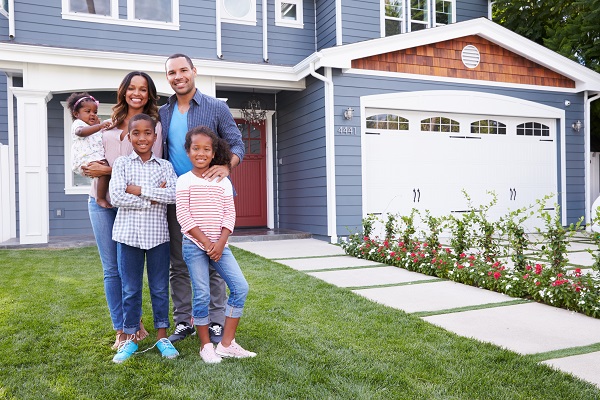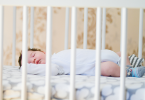Carbon monoxide, also known as ‘the silent killer,’ takes over 200 lives each year. This deadly gas is the leading cause of accidental poisoning related deaths and most commonly affects children under the age of five. This colorless, tasteless, odorless gas is produced when fuels containing carbon: wood, charcoal, gas, coal, natural gas, and kerosene are not burned completely. Here are some frequently asked questions we receive from parents:
What are the effects of carbon monoxide poisoning?
Carbon monoxide poisoning occurs when a person breathes in fumes from incompletely burned fuels containing carbon. Breathing in these fumes, decreases the body’s ability to carry oxygen. Having a low level of oxygen results in a decrease in cells, which prevents your organs from functioning correctly.
What symptoms should I look for?
The symptoms of carbon monoxide poisoning are closely related to the flu. A child’s smaller body makes them more susceptible and allows symptoms to show faster compared to a healthy adult. Here are some symptoms to look for: headache, dizziness, weakness, nausea and vomiting, chest pain, loss of hearing, shortness of breath, and rapid or irregular heartbeat.
What should I do when I suspect carbon monoxide poisoning has occurred?
If you suspect that you or your child has become a victim to carbon monoxide poisoning, immediately leave the contaminated area. When you are in a safe area, you need to call 911 or your local emergency medical service (EMS).
What can I do to prevent carbon monoxide poisoning?
Preventing carbon monoxide poisoning is as easy as taking a few extra precautions. The most efficient way to prevent this is the installation of a carbon monoxide alarm. These alarms can give sufficient warning when carbon monoxide accumulates to a dangerous level. Other helpful tips include having fireplaces inspected each year, not using un-vented, gas-powered space heaters or generators inside the home, and not warming up cars near doors or windows that enter the home or in garages attached to the home.
“It’s our mission with SafeKids Greater Augusta to keep your kids safe from preventable injuries. Carbon monoxide is a silent killer that sends 20,000 children to the ER each year. Be sure to install a carbon monoxide detector on every level of your home and know that they are not substitutes for smoke alarms. Another option for your family may be combination smoke and carbon monoxide alarms.” –Renee McCabe, Injury Prevention & Safety Coordinator, SafeKids Greater Augusta
Sources: Safe Kids, Inc. (safekids.org)
At Children’s Hospital of Georgia kids come first. If you think your child might be ill or injured, don’t take a chance. Come to the emergency department, and we’ll assess your child’s health as soon as possible. For any other pediatric needs, call 706-721-KIDS (5437) to schedule an appointment or visit augustahealth.org/chog to learn more.





Yes, you are right by installing fire alarm you can prevent carbon monoxide poisoning. But you need to take care of fake fire alarm. Fake fire alarm can make the kids to panic. So always remember to set up the timer that will shut the alarm for few minutes.